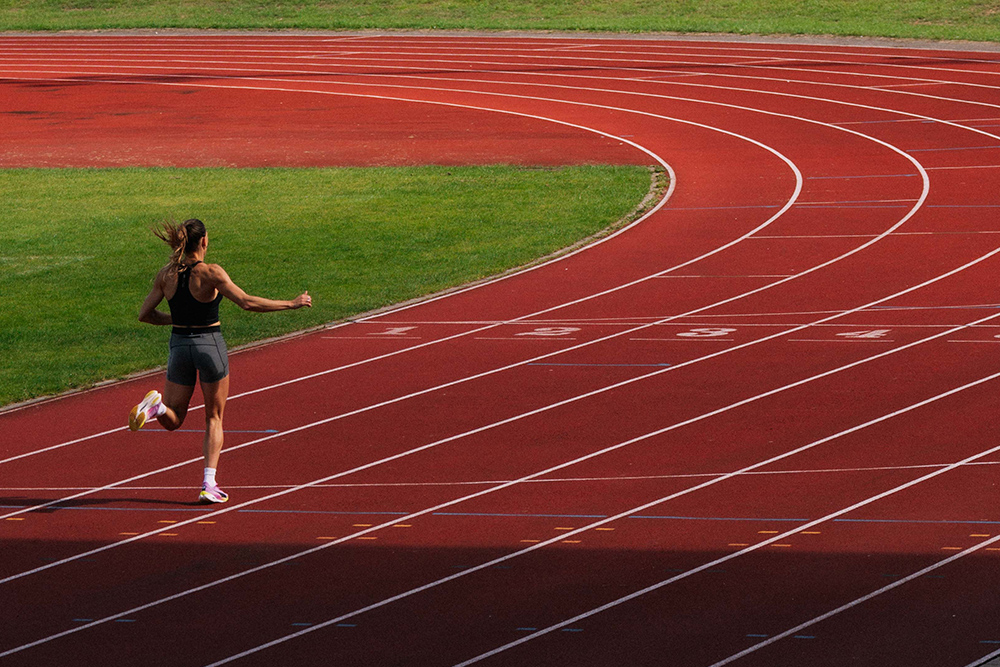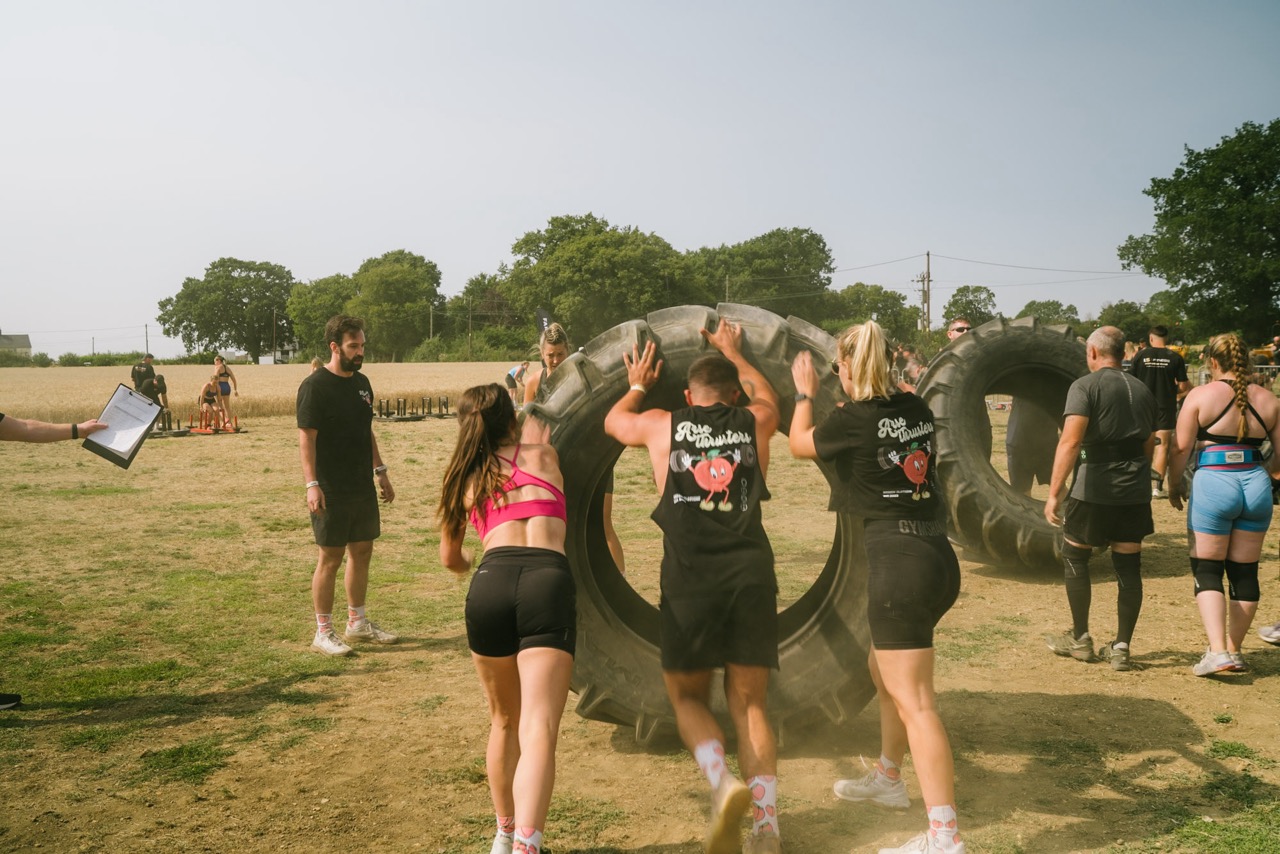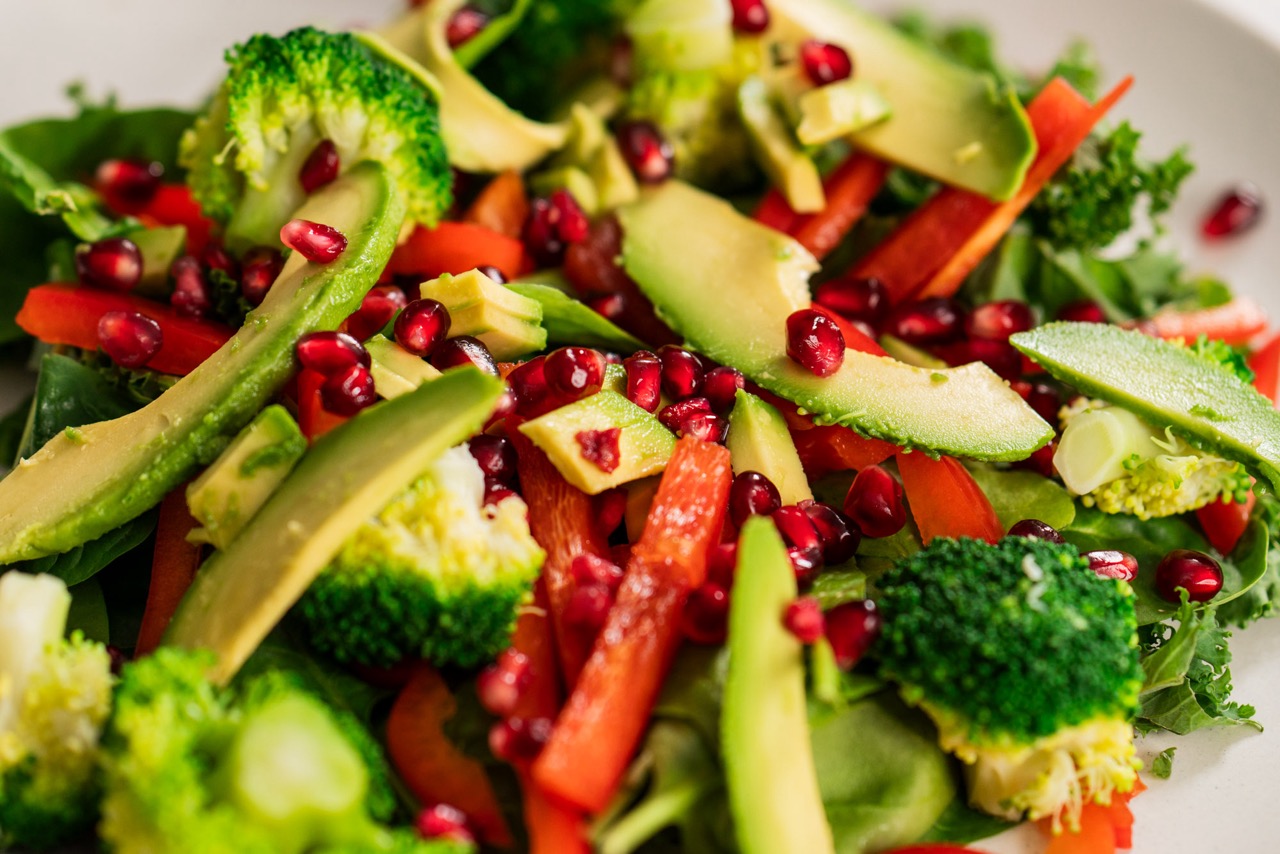Marathon Recovery Tips: Manage the Damage
Marathon Recovery Tips
Before we dive into the recovery process, we’ve got marathon recovery tips from both ends of the spectrum. Courtney has just completed her first marathon, achieving a time of 5 hours 23 minutes. Then we found Eliud Kipchoge’s method, Olympic champion; there’s value in both…

Courtney Clare: GSN Ambassador…
- Eat like a queen! Your body needs it. Carbs, chocolate, whatever you fancy.
- Show off! Wear that medal everywhere. You earned it. (Allow it to be your entire personality)
- Keep moving – gentle walks before full sloth mode! You’ll feel better for it.
Eliud Kipchoge (via Olympics.com)
- Slow runs for up to four days after to asses your body are there any injuries that require medical attention?
- Rest for three weeks, either with total rest or active rest, before resuming training.
You may fall somewhere between the two athletes. With the following marathon recovery tips, you’ll have all the tools you need and how to apply them to a recovery schedule that works for you…
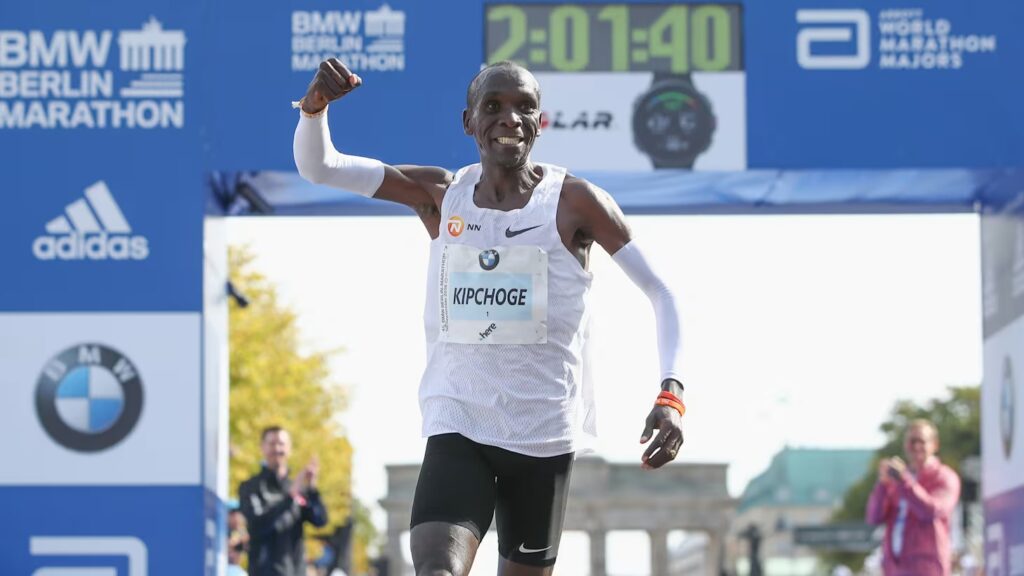
The First 24 Hours: Replenish, Rest and Recover
Running a marathon inflicts massive physiological stress. The muscles are damaged, glycogen stores depleted and the immune system weakened. Your body has just undergone hours of trauma and now it’s time to manage the damage.
This section focuses on what to do in the first 24 hours after your race.
Refuel With Purpose
Within the first hour after the race, aim to eat a well-balanced meal that includes carbohydrates, protein and electrolytes. This is the ‘anabolic window’—a critical time when your body is primed to absorb nutrients.
- Carbs: Refill depleted glycogen stores. Aim for 1.0–1.2g of carbs per kg of body weight per hour for the first 4–6 hours.
- Protein: Needed for muscle protein synthesis. 20–30g of high-quality protein (e.g., GSN Ready Cooked Chicken Breasts) is ideal.
- Electrolytes: Sodium, potassium, magnesium and calcium are lost through sweat and must be replaced.
Journal of the International Society of Sports Nutrition
Keep Gently Moving
You may want to sit or lie down immediately after the race, but staying on your feet and walking slowly helps prevent blood pooling and aids in circulation. Standing or walking for 10-15 minutes before sitting can help reduce stiffness.
Don’t Stretch or Massage… Yet
Static stretching immediately after intense endurance exercise can cause more harm than good. Your muscles have micro-tears; stretching or deep massage can worsen inflammation.
- A gentle walk
- Loose, comfortable clothing
- Passive recovery positions (elevating the feet slightly)
Consider a Cold Water Immersion
Cold water (10-15°c) can reduce muscle inflammation and soreness if used within 2 hours post-race.
British Journal of Sports Medicine
Sleep and Naps
A 90-minute nap after the race is profoundly beneficial, offering a complete sleep cycle that includes REM. Plan on 8-10 hours of sleep that night.
Manage Inflammation
- NSAIDs like ibuprofen may help ease inflammation, but use with caution
- Stay hydrated
- Avoid alcohol, this delays recovery and impairs sleep
Emotional Check-In
It’s normal to feel low after the high. Take time to reflect:
- Surround yourself with supportive people
- Reflect with gratitude, not judgment
- Avoid comparisons
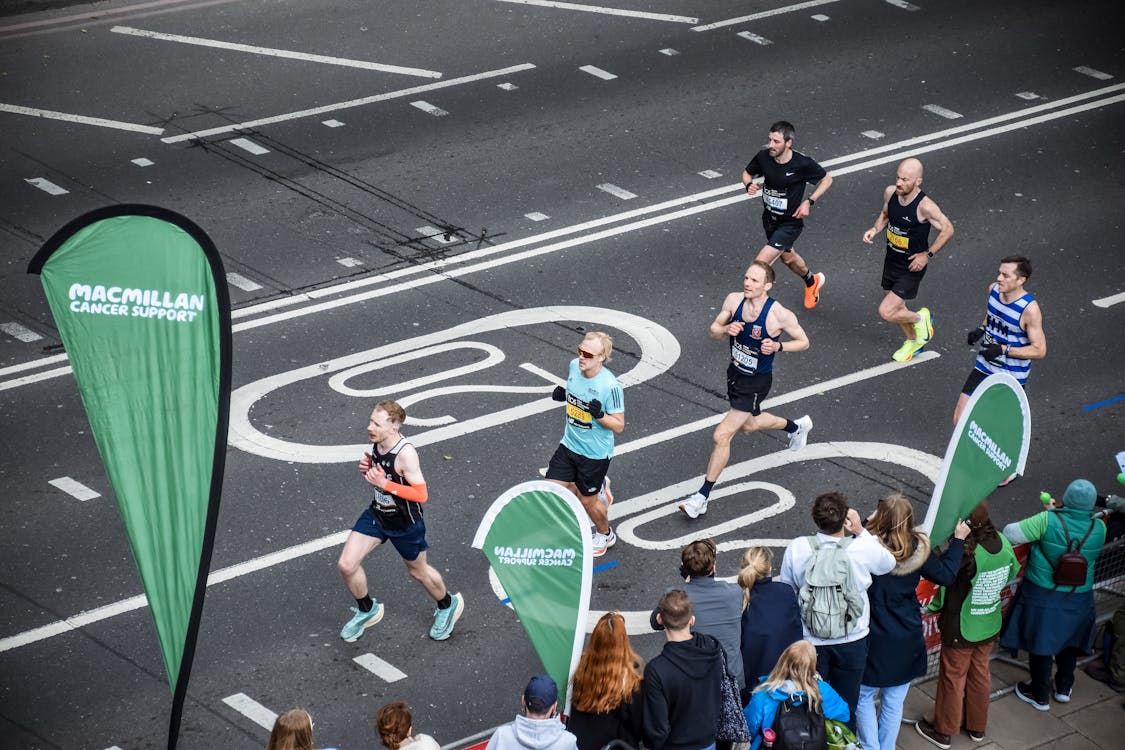
Days 2-4: Restore and Rebuild
Gentle reactivation tops our list of marathon recovery tips for the early period. This phase is about movement without strain and continued physical and mental healing. Even though the worst of the soreness may be subsiding, your body is still managing muscle inflammation, depleted energy reserves and structural fatigue. Focus on restoring circulation and flexibility without reintroducing high-impact stress.
Active Recovery
- Walking: A brisk 20–40 minute walk each day promotes blood flow, prevents stiffness and supports lymphatic drainage. Choose flat, scenic routes to keep the activity enjoyable and low-effort.
- Swimming: Light laps in a heated pool can increase circulation and reduce muscle tension without putting any strain on joints. The buoyancy helps decompress the spine and relax sore muscles.
- Cycling: Low-intensity cycling in Zone 1 (below 60% of your maximum heart rate) offers a gentle cardiovascular stimulus and keeps your legs moving. Avoid hills and focus on a smooth, even cadence.
- Yoga: Gentle, restorative poses can relieve tension and promote relaxation. Focus on breath-work and mobility, rather than flexibility or strength.
Supporting research: The Journal of Strength and Conditioning Research
Therapeutic Strength Work
- Air squats: Begin reactivating lower body muscles with slow, controlled bodyweight squats. Only go as deep as you’re comfortable with. This is about motion, not intensity.
- Glute bridges: Excellent for re-engaging the posterior chain, which often becomes tight or under active after long-distance running.
- Bird-dogs / dead bugs: These movements build core stability while improving neuromuscular control, which is essential for returning to more dynamic movement. Examples can be found here and here.
- Resistance bands: Use light bands for exercises that target your hips, shoulders or glutes. Aim to improve blood flow and restore coordination, rather than fatiguing the muscle.
Avoid High-Impact Training
Hold off on any performance-based training, such as intervals, hills or long runs. Even if you feel mentally ready, your soft tissue is still healing. Overreaching now increases your risk of strain, imbalance or even chronic injury.
Compression Gear
Next up in our list of marathon recovery tips: Wearing compression socks or tights can help reduce muscle soreness (DOMS) and enhance venous return to the heart. Consider wearing them for several hours a day or overnight during this phase, especially if you’re sitting for long periods.
Prioritise Sleep & Nutrition
- 8-10 hours of sleep: This is when most tissue repair and hormonal recovery takes place. Create a wind-down routine and avoid screens before bed.
- Protein + complex carbs: Eat recovery meals rich in lean protein (like GSN Ready Cooked Chicken) and slow-release carbs like oats, quinoa and sweet potatoes to fuel ongoing repair.
- Micronutrients: Zinc (nuts, seeds), magnesium (leafy greens), Vitamin C (citrus, bell peppers) and Omega-3s (salmon, flaxseed) all help modulate inflammation and support immune function.
Massage
Post-race massages should wait until day 3 or 4, when inflammation has begun to settle. Ask your therapist to use light to moderate pressure, focusing on flushing and circulation, rather than deep tissue work. A good massage at this point can reduce muscle tightness and boost your recovery rate.
Mental Check-in
- Journal your thoughts: Writing about your marathon experience helps process emotions and gain closure. It can be therapeutic and insightful. This can be done privately or through public forums, such as Instagram. The process of both methods will work for different people with differing accountability needs.
- Talk with training partners or coaches: Reflecting with people who understand the training journey can provide support and validation, should you suffer a post-race slump.
- Don’t rush to set another goal: It’s tempting to plan the next race immediately, but giving yourself mental space allows proper emotional recovery and prevents burnout.
Psychological context: Frontiers in Psychology
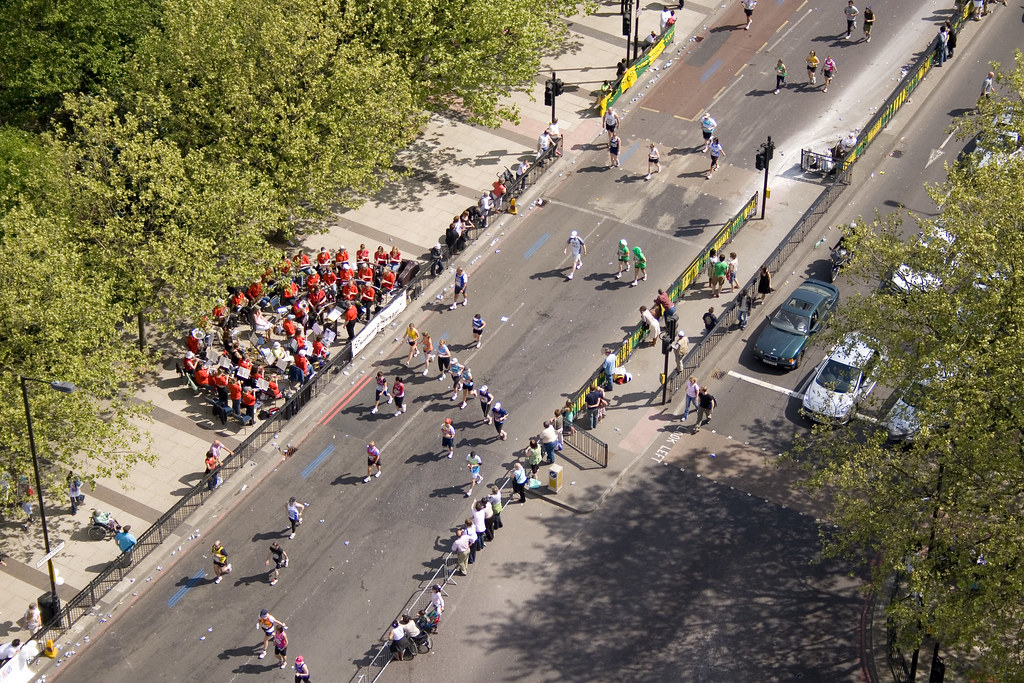
Marathon Recovery Tips: Days 5- 14+: Return With Intention
Test Runs (Day 5-7)
- Start with an easy 20–30 minute jog at a conversational pace to gently reintroduce running without stressing tired muscles. Your goal is to assess readiness, not to rebuild fitness.
- Choose flat, low-impact terrain such as grass or well-maintained trails to minimise joint strain and reduce the risk of tripping or re-aggravating sore areas.
- Pay close attention to your feet, knees and hips during and after the run. Lingering aches or sharp pains could indicate you’re not fully recovered yet.
Supporting research on post-marathon neuromuscular recovery: Journal of Sports Science & Medicine
Common Pitfalls
- Jumping back into racing too soon puts your recovery at risk. Your aerobic engine may feel ready before your muscles and joints are truly healed.
- Ignoring soreness can lead to longer-term injuries. Treat every twinge or tightness as valuable feedback from your body.
- Immediately restarting a structured training block often leads to burnout. A reverse taper with more rest is a smarter long-term strategy.
Days 8-10: Light Structure
- Begin running every other day if your test run went well. This frequency allows your body to adapt and continue healing between sessions.
- Keep your runs in Zone 2 (conversational pace). Running too fast, too soon, elevates stress hormones and slows recovery.
- Incorporate low-impact cross-training like swimming or cycling to maintain cardiovascular conditioning while limiting pounding on the legs.
- Reintroduce mobility work such as dynamic stretching, foam rolling and light core activation to restore movement quality and prevent compensation patterns.
Days 11-14: Intentions and Planning
- Reflect on how your marathon went: What worked? What would you change? Use journaling or voice notes if it helps clarify your thoughts.
- Resist the urge to dive into a new plan. Instead, outline your next phase and focus on sustainability and joy over immediate performance goals.
- Reconnect with your coach, training partners or local running community to reignite your motivation in a low-pressure setting.
Mental Motivation
- Take time to rediscover your “why” for running- whether it’s fitness, focus, joy or community, realigning with purpose will guide your next steps.
- Document small wins, feelings of progress and acts of self-care. Journaling is a process that many people find beneficial!
- Volunteering at a local race can restore the feel-good energy of race day without the physical toll. It’s a great way to stay connected and inspired.
Further reading on post-marathon mental lows: Runners World UK
Nutrition: Stay Consistent
- Continue eating three well-balanced meals each day. Your body still needs nutrients for cellular repair, even if your training load is lower. Visit our recipe section for inspiration, or reach for your freezer for Pots O’ Gold or Signature Meals.
- Snack smart with high-protein, nutrient-dense options like GSN Protein Wraps, Greek yoghurt, boiled eggs or trail mix to maintain muscle integrity.
- Hydrate consistently and include electrolytes if you’re sweating a lot or returning to longer walks or light runs in warmer conditions.
Know When to Wait Longer
- If this was your first marathon, extend your recovery timeline. Your body is learning how to bounce back from this type of effort.
- Racing in hot or humid weather adds significant physical stress. You may need extra recovery to account for heat-induced fatigue.
- Any ongoing fatigue, mood dips or unusual soreness is a sign to delay harder training. Recovery is not linear-respect the process.
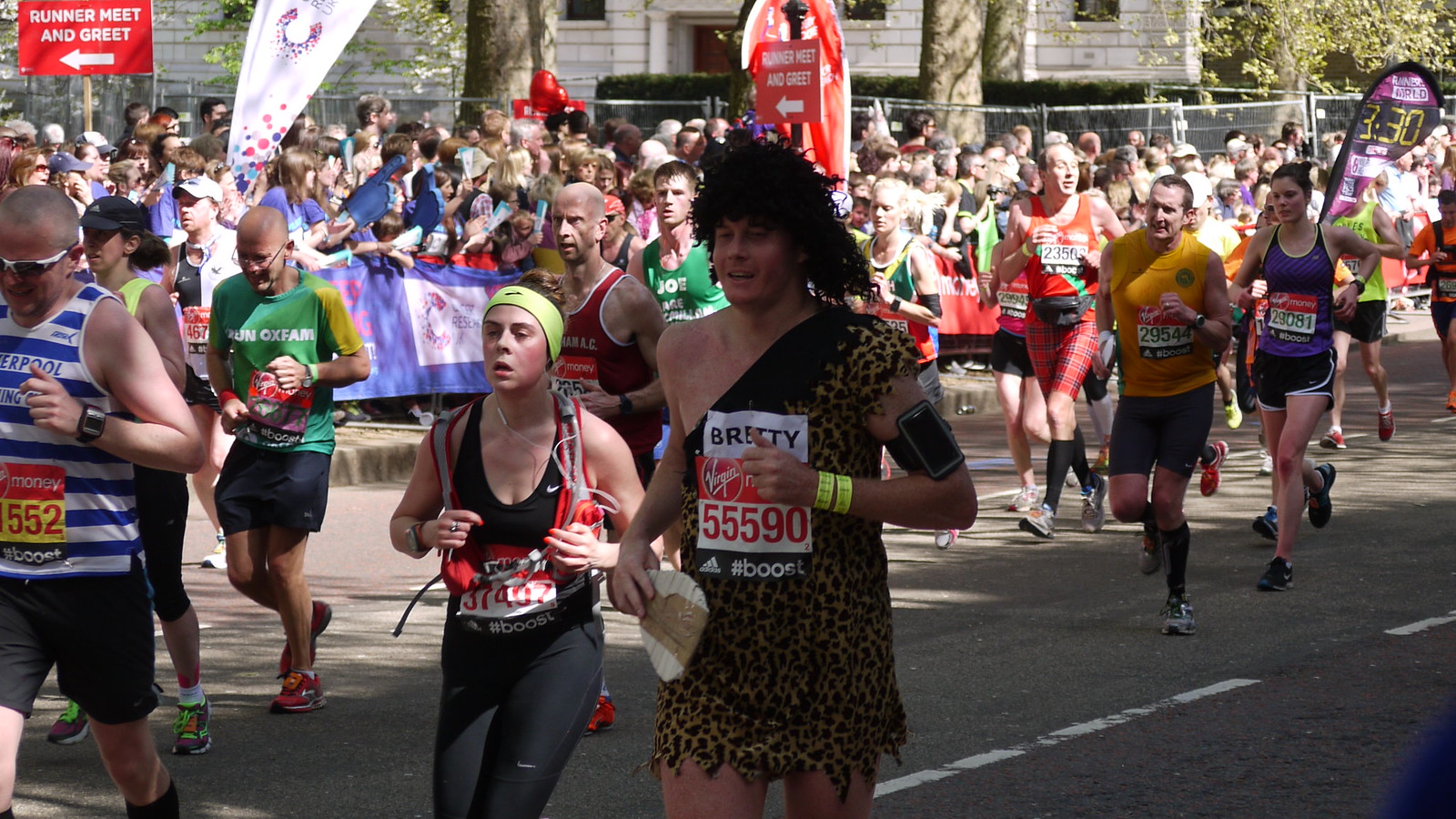
Final Thought
Recovery is an active process: Take rest seriously. Every walk, stretch and pause is an investment in your next performance.
Some suggest resting for one day for every mile, or even one day for every kilometre run! We understand this can be difficult, especially for those who thrive in routine, but with this guide you’ll be in the best place to listen to your body and set yourself up for the next challenge.
We hop you’ve found this list of marathon recovery tips useful! As always, a freezer full of our products will help you stay on top of your nutrition, save you time and provide peace of mind that you’re eating well…

